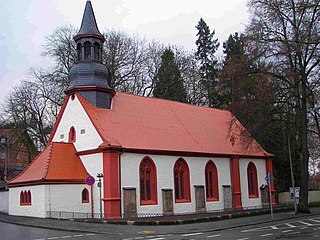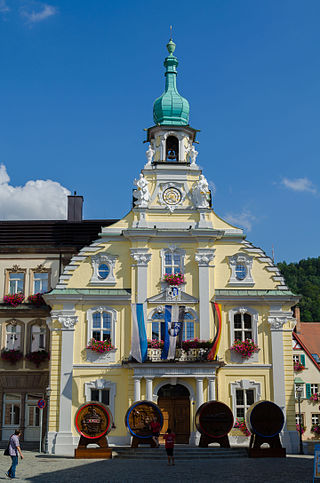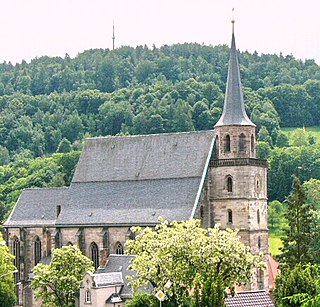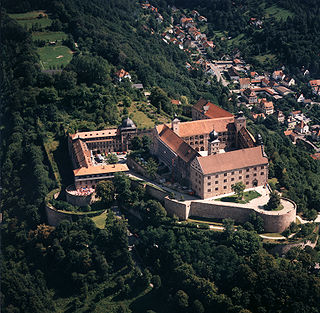Self-guided Sightseeing Tour #1 in Kulmbach, Germany
Legend
Tour Facts
2.3 km
100 m
Experience Kulmbach in Germany in a whole new way with our free self-guided sightseeing tour. This site not only offers you practical information and insider tips, but also a rich variety of activities and sights you shouldn't miss. Whether you love art and culture, want to explore historical sites or simply want to experience the vibrant atmosphere of a lively city - you'll find everything you need for your personal adventure here.
Individual Sights in KulmbachSight 1: Nikolaikirche
The Protestant, listed former cemetery chapel of St. Nikolai stands on the edge of the old church cemetery, today a park in Kulmbach, a large district town in the district of Kulmbach. The building is registered as an architectural monument in the Bavarian List of Monuments under the monument number D-4-77-128-127. The church belongs to the deanery of Kulmbach in the Bayreuth church district of the Evangelical Lutheran Church in Bavaria.
Sight 2: Rathaus
The town hall in Kulmbach, a town in the Upper Franconian district of Kulmbach in Bavaria, was built in 1752 by Johann Georg Hoffmann. The town hall with the address Marktplatz 1, at the southeast corner of the market square, is a protected architectural monument.
Sight 3: Spitalkirche Hl. Geist
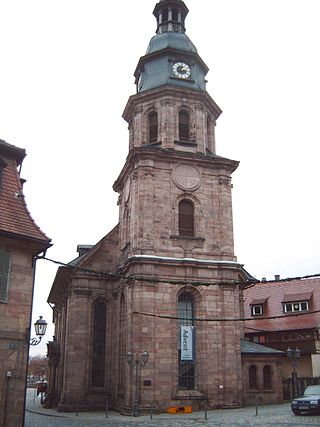
The Spitalkirche Hl. Geist is a church in the old town of Kulmbach.
Sight 4: St. Petri
The Evangelical Lutheran St. Peter's Church is probably the oldest church in Kulmbach in Upper Franconia. It is a Gothic, three-aisled church on the castle hill of the Plassenburg.
Sight 5: Plassenburg
Plassenburg is a castle in the city of Kulmbach in Bavaria. It is one of the most impressive castles in Germany and a symbol of the city. It was first mentioned in 1135. The Plassenberg family were ministerial of the counts of Andechs and used as their seat the Plassenburg. The House of Guttenberg, a prominent Franconian noble family, traces its origins back to 1149 with a Gundeloh v. Blassenberg (Plassenberg). The name Guttenberg is derived from Guttenberg and was adopted by a Heinrich von Blassenberg around 1310. From 1340, the Hohenzollerns governed from Plassenburg castle their territories in Franconia till 1604. The Plassenburg was fortress and residence for the Hohenzollerns.
Share
How likely are you to recommend us?
Disclaimer Please be aware of your surroundings and do not enter private property. We are not liable for any damages that occur during the tours.
GPX-Download For navigation apps and GPS devices you can download the tour as a GPX file.
